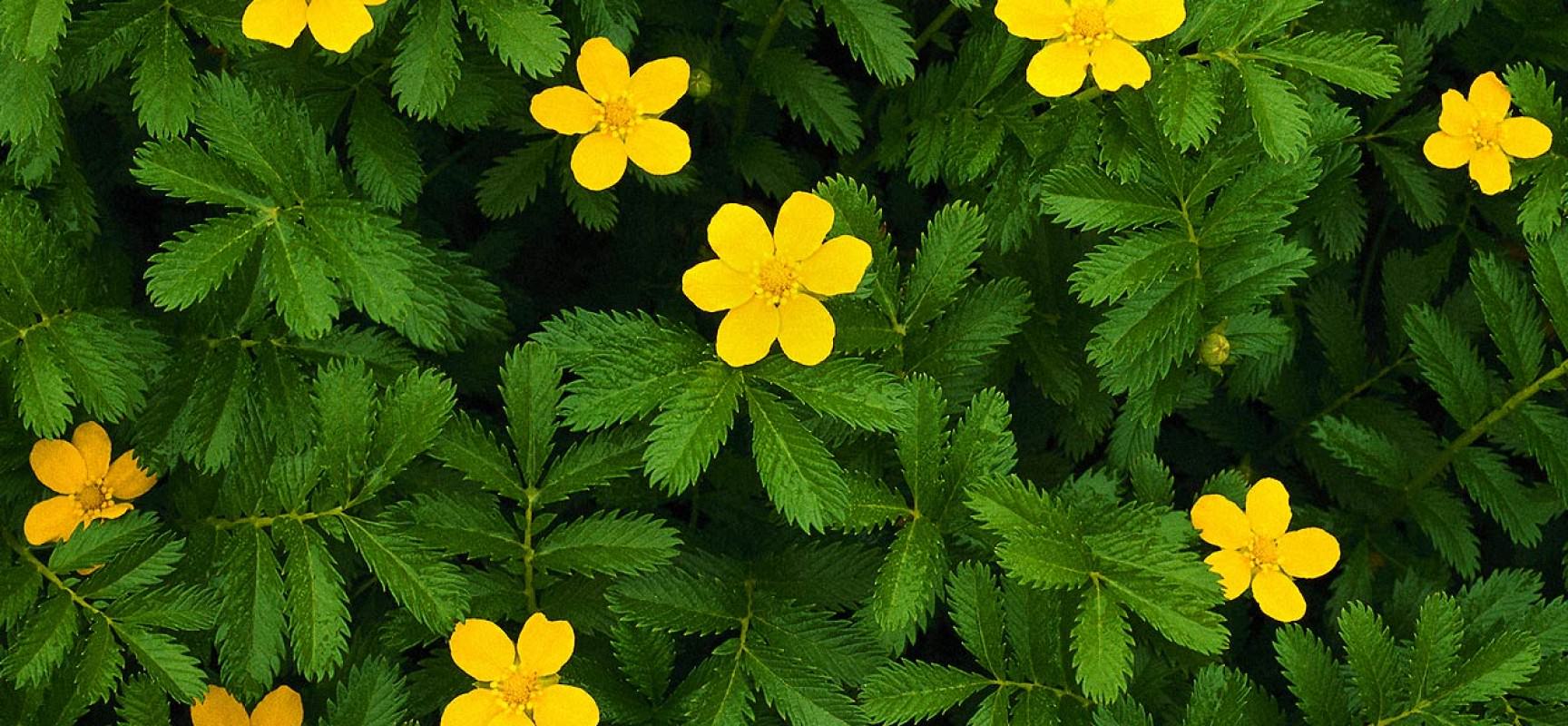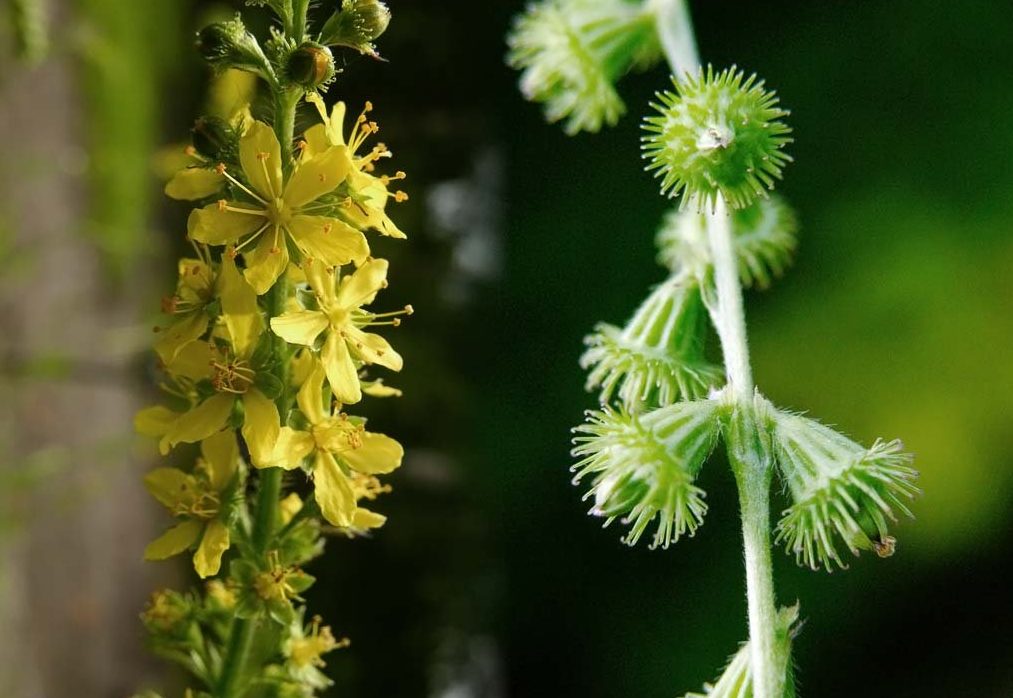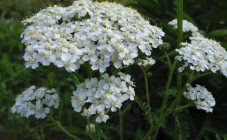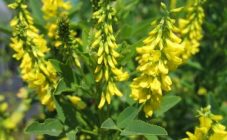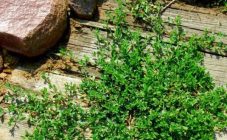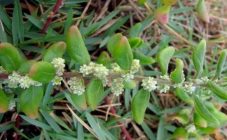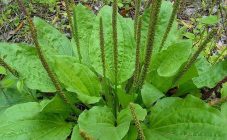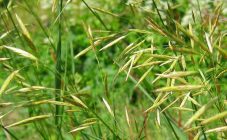Content:
Now many people do not even perceive various medicinal plants and folk remedies. However, pharmacognosy and herbal medicine are of great importance for the prevention and treatment of many diseases. Therefore, this article will talk about one medicinal plant, which is often used as a raw material for creating medicines, as well as for treatment in the "grandmother's way".
Description of culture
Among medicinal plants, a special place is occupied by the herb agaric from the Pink family, which has several other names - strawberry, sculptor.
Agrimony is a perennial herb with a thick taproot. The grass reaches 60-150 cm in height and has an erect stem, the surface of which is covered with hairs. The leaves are also covered with them. The hairs give the plant a fluffy appearance. Leaves can sometimes be collected in a rosette. They are intermittent, elliptical in shape. The leaves are greenish-gray in color.
The flowers are small, about 1 cm in diameter. At the apex of the stem, clusters are collected in inflorescences that resemble spikelets. Yellow petals in the amount of 5 pcs. collected in a leaf cup. By the way, there are the same number of sepals.
Agrimony can be found in meadows, near roads, in hilly terrain. The plant loves moist places with good access to light. In shaded areas, it is almost impossible to find it. Widespread in Europe, with the exception of the northern regions. In culture, it is used only as a medicinal plant.
Varieties
There are 2 types of agrimony that are used for medicinal purposes: common agrimony (Agrimonia eupatoria) and hairy agrimony (Agrimonia pilosa). It is very difficult to distinguish them from each other, since they are similar in description and appearance. However, the second species is lower in height than the common agrimony.
When growing, you need to choose an area with fertile, well-drained soil. The place should not lack light, only slight shading is allowed. You can propagate a turnip by seeds and cuttings. The distance between the rows should be 10 cm. The plant is unpretentious to growing conditions. After emergence, loosening will be required. With a thickened sowing, it is worth thinning. When the soil dries up, watering is carried out. Weed removal is an obligatory technique when leaving.
What does Agrimony herb heal: instructions for use
Agrimony contains many useful and medicinal substances - tannins, amino acids, PP vitamins, essential oils, flavonoids, etc.
Tannins create a film on body tissues that protects against various kinds of influences. Tannins have a beneficial effect on diarrhea. The amino acids in the agrimony have a positive effect on brain function and prevent the development of atherosclerosis. PP vitamins regulate blood cholesterol levels and have a good effect on metabolism. The essential oils contained have a calming effect on the nervous system and increase the motility of the gastrointestinal tract. Agrimony is also used to prevent thrombosis due to the flavonoids in the herb.
In traditional medicine, in addition to leaves and stems, roots are also used. With pain during menstruation, it is this herb that can be treated as a folk remedy. The extract can normalize the menstrual cycle. In some countries, the roots of the plant are used to treat parasites of the gastrointestinal tract. In England, turnip tea is poured with milk to improve digestion. In Russia, in folk medicine, the agrimony helps in the treatment of tumors.
Agrimony is also used for compresses. The recipe for its preparation is simple. You need to take 3 teaspoons of herbs and pour 2 tbsp. unboiled water. Put on fire and heat up for 5 minutes. Then the broth is removed from the heat and left for 4 hours. After that, it must be filtered. The broth is ready and can be used warm for compresses.
To make tea from agine, take 1 teaspoon of herbs and 100 ml of boiling water. Agrimony is poured with water and allowed to brew for about 5 minutes. Then the infusion is filtered. After that it is ready for use. Suitable for both rinsing and direct ingestion. You need to drink a teaspoon 3 times a day.
Collection, drying, storage
The plant is harvested in July, when the agrimony blooms. If this is not a summer cottage, then you need to look for the right places to collect. Of course, places near landfills or roads, where it often grows, are not suitable for this. Better to go to a meadow or to the edge of a forest, near which there are no roads. A prerequisite for collecting medicinal raw materials is dry weather, otherwise there will be problems with drying. No need to uproot the plants. The part with leaves and flowers should be cut off. The remaining aboveground part should be 10-15 cm high.
After harvesting, you need to dry the plant qualitatively. Since the mass of agrimony contains essential oils and glycosides, it is forbidden to dry it in the sun. Therefore, drying is carried out in shaded places, for example, under a canopy, in the attic. Raw materials need to be turned over periodically. The maximum temperature for drying is 40 ° C. If the temperature in the dryer is higher, then the nutrients contained in the grass will be destroyed.
After completion of the drying process, you need to send the raw materials for storage. Agrimony is placed in paper bags or pouches. Some people prefer to store the herb in a wooden container. The maximum shelf life is about 2 years.
So, agrimony is one of the medicinal herbs that is often used to treat many diseases and ailments.It has anti-inflammatory, blood-purifying, tonic, diuretic, antibacterial, hypotensive, tonic and other properties. It is used to treat diseases such as diarrhea, gout, cirrhosis of the liver, skin lesions, flu, tonsillitis, asthma. It has a positive effect on people with diabetes mellitus, lowering the level of cholesterol in the body. It removes toxins and prevents the development of tumors. It has a good effect on the gastrointestinal tract and the entire digestive system as a whole. This is why traditional medicine lovers grow this herb so often on their plots!
